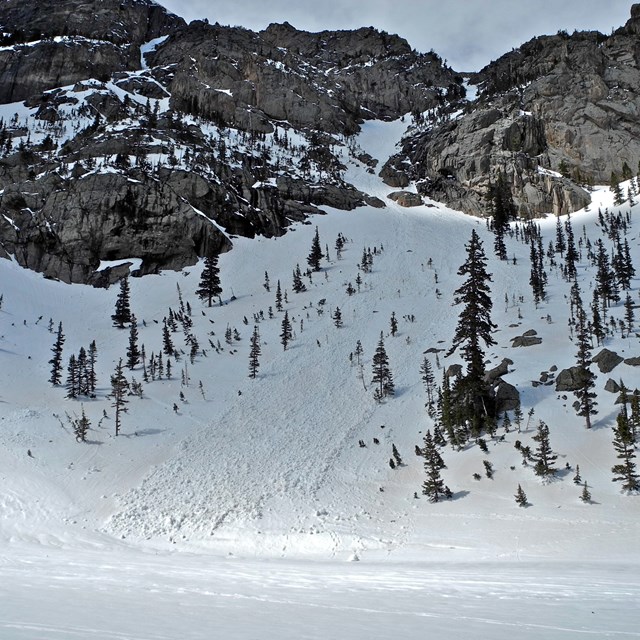When Does the Winter Season Begin?With elevations ranging from 7,800 feet to over 14,000 feet above sea level, winter conditions can greatly vary in the Rocky Mountains. The seasonal transition from fall to winter takes place in October/November. Update as of November 25, 2025Most lower elevation areas of RMNP are dry and snow free. Expect cool temperatures and strong wind gusts during the day and at night. In areas above 10,000 feet in elevation, expect snow and ice on trails. While in many places, the months of March, April and May signal the arrival of spring with warm, sunny days, that does not hold true in Rocky Mountain National Park. Historically, March and April are among the snowiest months in the Rocky Mountains. Trying to Decide What to Do in Rocky this Winter? Explore Resources Below:
How Much Snow is in the Park?The park has SNOWTEL monitors located near both Bear Lake and Wild Basin. 
NPS Interested in seeing what different areas of Rocky Look Like? Check out the webcams!Interested in seeing what conditions look like in the park? Rocky Mountain National Park has six live webcams showing views from different locations within the park. 
NPS Photo Wildlife ViewingThe winter season creates some unique wildlife viewing opportunities. To learn more about how to safely view wildlife, please visit our Wildlife Viewing page. |
Last updated: November 25, 2025







